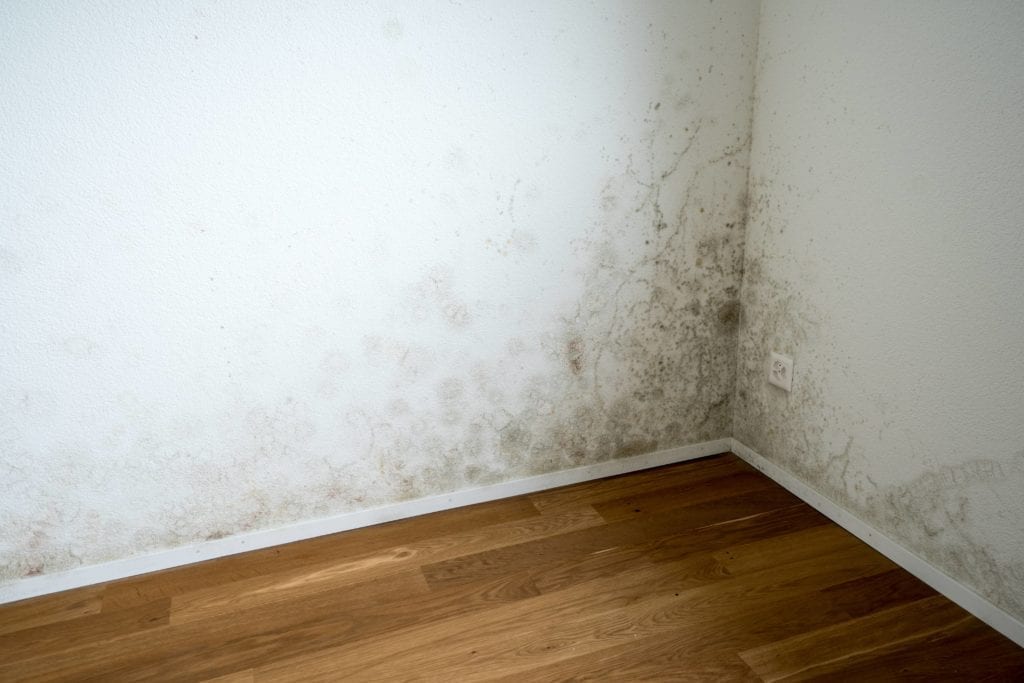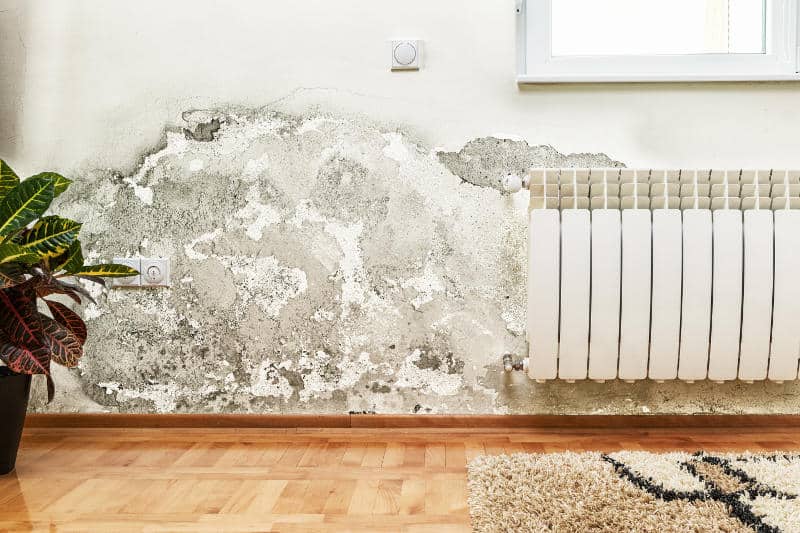Identify and Fix Stains from Water With Expertise
Identify and Fix Stains from Water With Expertise
Blog Article
This post down below pertaining to How to Remove Water Stains from Walls and Ceilings is indeed intriguing. Give it a try and make your own personal results.

Water discolorations on wall surfaces are not positive to the eyes. Sometimes it seems almost unavoidable to experience water spots on walls in homes.
Property owners residing in damp regions continuously manage the anxiety of water discolorations on wall surfaces. Yet that does not need to hold true for you. With precise as well as all-around info on the reasons for water stains and punctual repair work processes, you will certainly constantly be an action ahead of such incidents. So, this short article promises to be an useful guide for you.
3 Usual Reasons For Water Spots on Wall Surfaces
In contrast to popular belief, water spots on walls do not constantly originate from inadequate building products. There are a number of reasons for water spots on wall surfaces. These include:
Damp
When hot wet air consults with dry cool air, it causes water beads to base on the walls of buildings. This occurs in kitchens and bathrooms when there is steam from food preparation or showers. The water beads can tarnish the bordering walls in these parts of your house and infect other areas.
Damp or condensation influences the roof as well as wall surfaces of buildings. When the wall is damp, it develops a suitable environment for the development of microorganisms and also fungis.
Poor Water drainage
When making a building plan, it is critical to ensure adequate water drainage. This will prevent water from leaking into the wall surfaces. Where the drain system is clogged or missing, below ground dampness accumulates. This web links to excessive wetness that you discover on the walls of your building.
The leading cause of wet walls, in this case, can be a poor drainage system. It can also be due to bad monitoring of sewage pipes that run through the structure.
Pipe Leaks
The majority of homes have a network of pipes within the wall surfaces. This ensures that the pipelines are well away from the reach of destructive rats. It constantly raises the feasibility of such pipes, as there is little oxygen within the walls. This dissuades rust.
A disadvantage to this is that water leakage influences the wall surfaces of the building and creates extensive damage. An indication of defective pipes is the appearance of a water stain on the wall surface.
Pro Pointer
A houseplant in your house also increases its moisture. So, if your home is already moist, you might want to introduce houseplants with marginal transpiration. An example of suitable houseplants is succulents.
Water Stains on Wall: Repair Work Tips
House owners would generally want a quick fix when managing water discolorations. They would certainly quickly recognize this is disadvantageous as the water spots recur. Here are a couple of useful pointers that will lead you in the repair service of water stains on walls:
Verdict
Although no one wants to have water spots on walls in their house, it can occur to the very best people. This short article provides you utilize, as you now recognize how to handle this accident if it does take place.
It is constantly best to hire specialist solutions to aid deal with the damages in your home.
Often it appears almost inevitable to experience water discolorations on wall surfaces in houses.
In contrast to prominent idea, water discolorations on walls do not always stem from inadequate building products. There are several causes of water discolorations on walls. The water beads can discolor the bordering walls in these parts of your house as well as spread to other locations.
Right here are a couple of practical suggestions that will certainly assist you in the fixing of water stains on wall surfaces:
CHECKING FOR WATER DAMAGE
Water damage can be costly, and it may begin before you even notice the first signs of trouble. Water damage can cause mold and mildew in your walls and floors, which can create an abundance of health concerns for your family. It can also lead to costly repairs of various appliances and general home fixtures. To avoid the pricey consequences of water damage, here are Warner Service’s top 5 places you should check:
The walls – The easiest place to spot the beginnings of water damage is on the walls and ceilings of your home. If water damage is present, there will most likely be water stains, especially around the windows and doorframes, and/or cracks in the drywall. If a stain looks unusual (discolored to brown, black or gray, raised texture), has a swollen appearance or is soft to the touch, contact a professional immediately. The pipes – To avoid water damage, consistently check the pipes in your kitchen (especially the dishwasher and ice maker), bathrooms, laundry room (specifically washing machines) and basement for corrosion, leaks and water stains. Pay special attention to where the pipes connect in your home and the location of caulking around the bathroom fixtures, including toilets, sinks, showers and tubs. Missing or loose caulking and grout could be signs of leaking water. This seepage can also quickly cause mold and rust, so double check your water heater and tank for wet spots on the floor. The floor – Water damage is very easy to spot on the floor. Look for any warping or buckling of the material, especially in the basement. If your home has wood flooring, look for bright white or dark stains. If your home has carpeting, keep it dry and clean. A damp carpet that smells of mold could cause water damage and health problems. To avoid this, consider installing floor pans under your appliances to help prevent damages from small, slow and undetected leaks. The basement and attic – If your basement or attic smells odd check for mold and mildew around the area, especially the valley where the roof meets. While you are inspecting those areas, check for wall cracks, floor stains, rust and dampness in the insulation. If you live in a colder and/or rainier climate, perform routine checks for water damage from melting snow or ice and rain. The exterior – Check the roof for damaged flashing and missing, cracked or curled shingles. There should also be no standing water anywhere outside your home. This could be caused by puddles, leaky rain gutters or hoses, poor drainage, or short gutter spouts. Invest in a sump pump system or water flow monitoring system, and perform routine maintenance on these outdoor appliances to avoid indoor water damage.

As an avid reader about How to Remove Water Stains from Walls and Ceilings, I assumed sharing that topic was worthwhile. Sharing is good. Helping others is fun. Thank you for taking the time to read it.
Rates Report this page